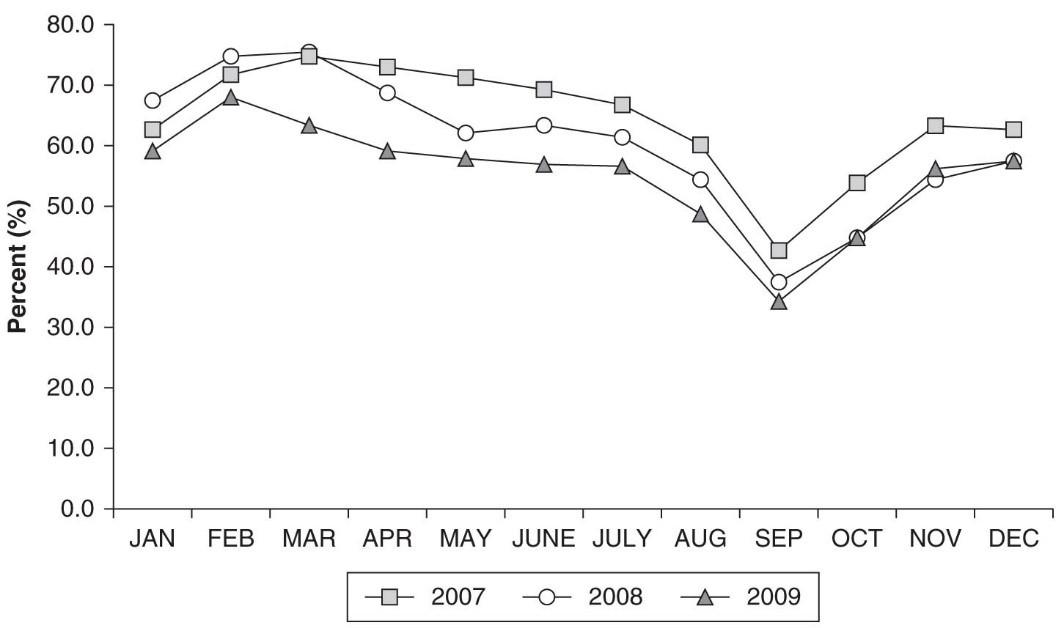Tourism Management: An Introduction
Student Resources
Additional case studies and snapshots
Read the below snapshots and case studies for examples appropriate to this chapter. Consolidate your learning by considering the reflective questions after the case studies.
Snapshot – Integrated development in the French Alps
La Plagne is a collection of nine resorts in France’s mountainous Savoie region. It provides 225 km of pistes, 130 ski slopes, a snowpark, and 50,000 bedspaces (Powder Blue Ltd, 2010).
Resort development in La Plagne began in the 1960s in response to economic decline and depopulation. Five villages formed an association to regenerate the area and sought a developer. In 1961 the Société d’Amènagement de La Plagne (SAP) was granted exclusive rights to purchase land above the villages and construct lift networks on the surrounding land in return for a percentage of lift pass revenue (Pearce, 1989).
The first resort, La Plagne (now called Plagne Centre) was designed as an integrated resort with ski in/out accommodation complexes linked by covered walkways and with enclosed shopping arcades. The whole resort was built in the same 1960s style and was pedestrianised so that skiers and pedestrians could share the same environment (Powder Blue Ltd, 2010). Accommodation capacity was planned to reflect ski field capacity, and designed to reduce land and energy use and servicing costs.
By 1968 La Plagne had 5,000 beds mainly in self-catering apartments, and lift capacity for 9,000 skiers per hour (Pearce, 1989). Subsequently eight more integrated resorts were developed, the most recent one in 1990, connected to each other by ski lifts and cable cars (Powder Blue Ltd, 2010).
Snapshot – Regional tourism development in Phuket, Thailand
Tourist accommodation capacity has increased rapidly in Phuket. In 1975, there were 555 rooms, increasing to 18,959 by 1994 (Uthoff 1997 in Gormsen, 1997), and by 2010, approximately 30,000 (Phuket Tourism, 2010). Phuket attracts over 4 million tourists a year and offers ‘every conceivable style of resort and activities to appeal to all types of clients’ (Tourism Thailand, 2010).
Uthoff mapped the scale and speed of regional tourism development in Phuket between 1975 and 1994 and showed the location of tourist development.
Development was facilitated by improved access: in 1967 by a road bridge connecting the mainland, and in 1979 by construction of its airport. The first large hotel, in Phuket Town, was followed by more hotel construction there and along Patong Beach on the west coast. Accommodation capacity has expanded in existing destinations, and new resorts along the southern and western coastlines have developed.
Individual destinations vary in capacity and accommodation type, and attract different tourist markets. Small destinations on the north-western beaches are currently constructing luxury hotels with over 100 and 200 rooms (Phuket Tourism, 2010).
Purpose built attractions include the Blue Canyon Championship golf course plus four other golf courses, the Fantasea theme park, a zoo and aquarium.
Phuket International Airport receives direct charter flights from Europe and low-cost scheduled flights from southeast Asian cities and Sydney, and plans to expand its current capacity of 24 flights per hour by 2016 (www.phuketairportonline.com).
Snapshot – Seasonality in the US Virgin Islands
The US Virgin Islands (USVI) are located in the Lesser Antilles, between the Atlantic Ocean and the Caribbean Sea. Tourism centres on the three principal islands – St Croix, St John and St Thomas – whose attractions include pristine beaches and bays, coral reefs and tropical forests. Hotel accommodation predominates, although villa rentals are also significant, and there are port facilities for cruise ships. Climate in the USVI is warm and stable with little temperature variation; average temperatures range between 25°C and 28°C, with higher rainfall from August to October, and a hurricane risk between June and November.

USVI occupancy rates, 2007, 2008 and 2009
Source: US Virgin Islands Bureau of Economic Research
The islands attract sunseekers, adventure tourists, MICE groups and cruise day-trippers. Annual arrivals from 2003 to 2009 fluctuated between 1.5 and 2 million cruise visitors, and 600,000–700,000 visitors by air (US Virgin Islands Bureau of Economic Research (USVIBER), 2010). The USA constitutes more than 80 per cent of the total market. Variations in demand throughout the year are reflected in the hotel occupancy rates shown in the above figure.
Although the summer is the main holiday period in the USA, demand for the USVI drops significantly. This may be explained partly by the less favourable weather in the destination, but also by improved weather elsewhere.
